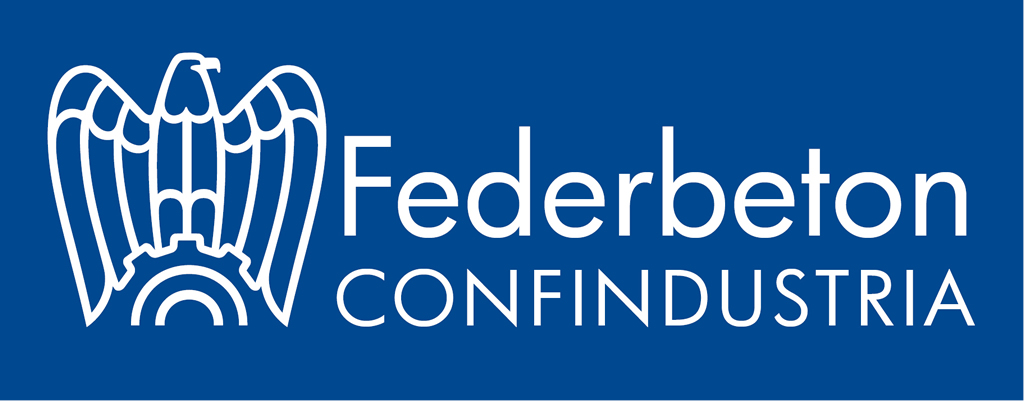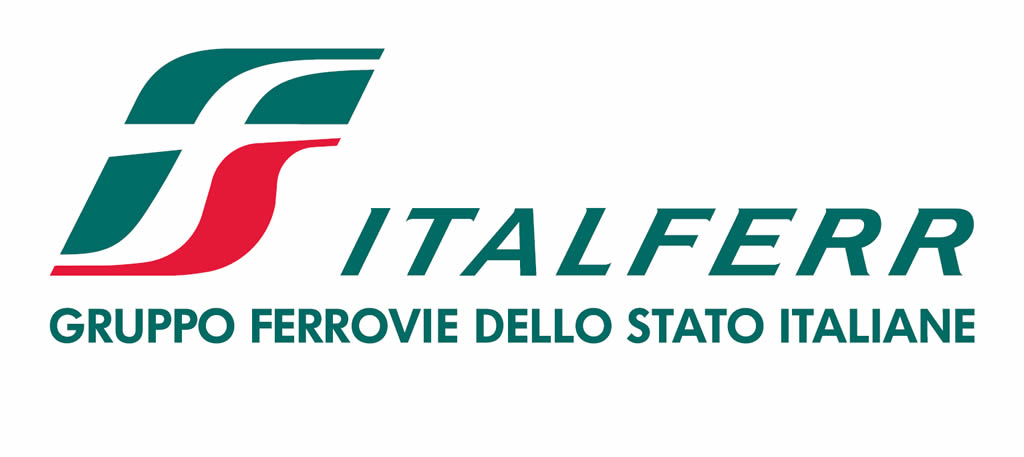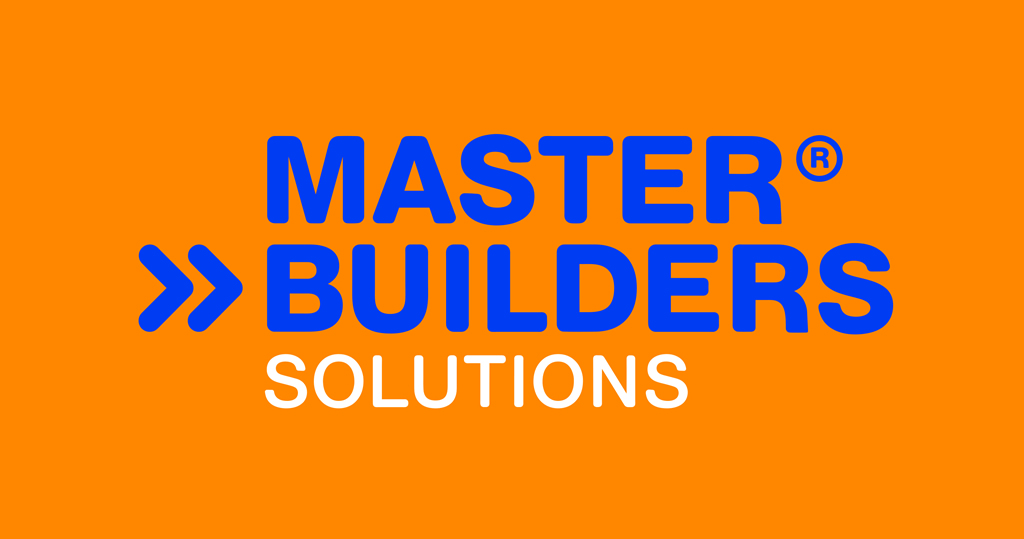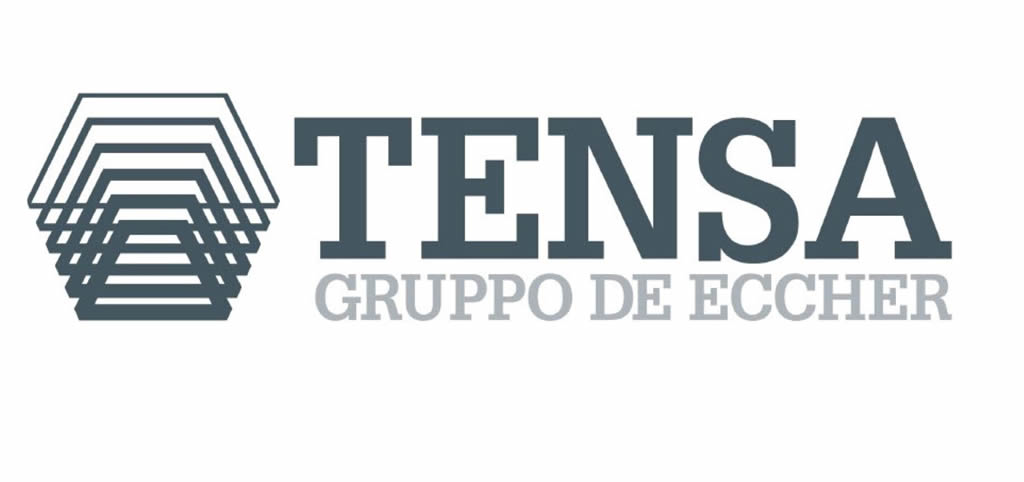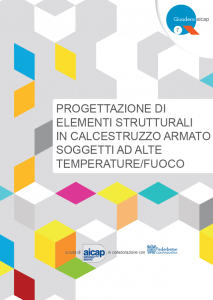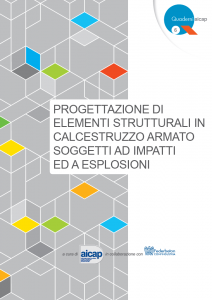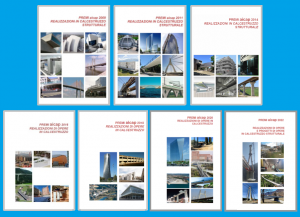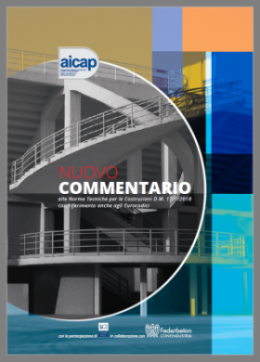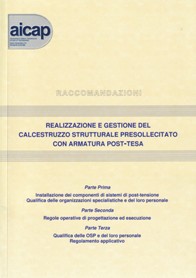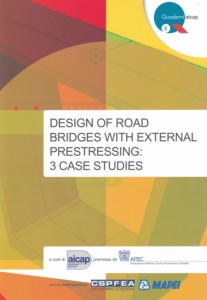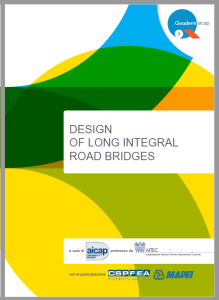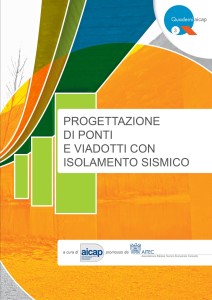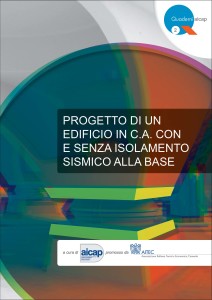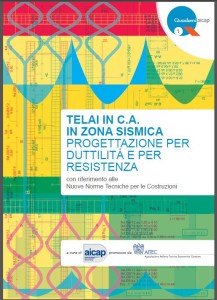Part 1: General rules and rules buildings
| 1. | General |
| 1.1 | Scope |
| 1.1.1 | Scope of Eurocode 2 |
| 1.1.2 | Scope of Part 1 of Eurocode 2 |
| 1.2 | Normative references |
| 1.2.1 | General reference standards |
| 1.2.2 | Other references |
| 1.3 | Assumptions |
| 1.4 | Distinction between principles and application rules Definitions |
| 1.5.1 | General |
| 1.5.2 | Additional terms used in this Standard |
| 1.5.2.1 | Precast structures |
| 1.5.2.2 | Plain or lightly reinforced concrete member |
| 1.5.2.3 | Unbonded and external tendons |
| 1.5.2.4 | Prestress |
| 1.6 | Special symbols used in this Standard |
| 1.6.1 | General |
| 1.6.2 | Latin upper case symbols |
| 1.6.3 | Latin lower case symbols |
| 1.6.4 | Greek symbols |
| 2. | Basis of design |
| 2.1 | Requirements |
| 2.1.1 | Basic requirements |
| 2.1.2 | Reliability management |
| 2.1.3 | Design working life, durability and quality management |
| 2.2 | Principles of limit state design |
| 2.3 | Basic variables |
| 2.3.1 | Actions and environment influences |
| 2.3.1.1 | Prestress |
| 2.3.2 | Material and product properties |
| 2.3.2.1 | Shrinkage and creep |
| 2.3.3 | Geometric data |
| 2.3.3.1 | Supplementary requirements for cast in piace piles |
| 2.4 | Verification by the partial factor method |
| 2.4.1 | Design values |
| 2.4.1.1 | Partial factors for shrinkage action |
| 2.4.1.2 | Partial factors for prestress |
| 2.4.1.3 | Partial factors for fatigue loads |
| 2.4.1.4 | Partial factors for materials |
| 2.4.1.5 | Partial factors for materials for foundations |
| 2.4.2 | Combination of actions |
| 2.4.3 | Verification of static equilibrium (EQU) |
| 2.5 | Design assisted by testing |
| 2.6 | Supplementary requirements for foundations |
| 3. | Materials |
| 3.1 | Concrete |
| 3.1.3 | General |
| 3.1.2 | Strength |
| 3.1.3 | Elastic deformation |
| 3.1.4 | Creep and shrinkage |
| 3.1.5 | Stress-strain relation for non-linear structural analysis |
| 3.1.6 | Design compressive and tensile strengths |
| 3.1.7 | Stress-strain relations for the design of sections |
| 3.1.8 | Flexural tensile strength |
| 3.1.9 | Confined concrete |
| 3.2 | Reinforcing steel |
| 3.2.1 | General |
| 3.2.2 | Properties |
| 3.2.2.1 | Strength |
| 3.2.2.2 | Ductility characteristics |
| 3.2.2.3 | Welding |
| 3.2.2.4 | Fatigue |
| 3.2.3 | Design assumptions |
| 3.3 | Prestressing steel |
| 3.3.1 | General |
| 3.3.2 | Properties |
| 3.3.2.1 | Strength |
| 3.3.2.2 | Ductility characteristics |
| 3.3.2.3 | Fatigue |
| 3.3.3 | Design assumptions |
| 3.3.4 | Prestressing tendons in sheaths |
| 3.4 | Prestressing devices |
| 3.4.1 | Anchorages and couplers |
| 3.4.1.1 | General |
| 3.4.1.2 | Mechanical properties |
| 3.4.1.2.1 | Anchored tendons |
| 3.4.1.2.2 | Anchored devices and anchorage zones |
| 3.4.2 | External non-bonded tendons |
| 3.4.2.1 | General |
| 3.4.2.2 | Anchorages |
| 4. | Durability and cover to reinforcement |
| 4.1 | General |
| 4.2 | Environmental conditions |
| 4.3 | Requirements for durability |
| 4.4 | Verifications |
| 4.4.1 | Concrete cover |
| 4.4.1.1 | General |
| 4.4.1.2 | Minimum cover, Cmin |
| 4.4.1.3 | Allowance in design for tolerance |
| 4.4.2 | Other verification methods |
| 5. | Structural analysis |
| 5.1 | General provisions |
| 5.1.1 | Special requirements for foundations |
| 5.1.2 | Load cases and combinations |
| 5.1.3 | Imperfections |
| 5.1.4 | Second order effects |
| 5.1.5 | Deformations of concrete |
| 5.1.6 | Thermal effects |
| 5.1.7 | Uneven settlements |
| 5.2 | Geometric imperfections |
| 5.3 | Idealisation of the structure |
| 5.3.1 | Structural models for overall analysis |
| 5.3.2 | Geometric data |
| 5.3.2.1 | Effective width of flanges (all limit states) |
| 5.3.2.2 | Effective span of beams and slabs in buildings |
| 5.4 | Linear elastic analysis |
| 5.5 | Linear analysis with limited redistribution |
| 5.6 | Plastic methods of analysis |
| 5.6.1 | General |
| 5.6.2 | Plastic analysis for beams, frames and slabs |
| 5.6.3 | Rotation capacity |
| 5.6.4 | Analysis of struts and ties |
| 5.7 | Non-linear analysis |
| 5.8 | Second order effects with axial load |
| 5.8.1 | Definitions |
| 5.8.2 | General |
| 5.8.3 | Simplified criteria for second order effects |
| 5.8.3.1 | Slenderness Criterion for isolated members |
| 5.8.3.2 | Slenderness and effective length of isolated members |
| 5.8.3.3 | Global second order effects in buildings |
| 5.8.4 | Creep |
| 5.8.5 | Methods of analysis |
| 5.8.6 | General method |
| 5.8.7 | Second order analysis based on nominal stiffness |
| 5.8.7.1 | General |
| 5.8.7.2 | Nominal stiffness |
| 5.8.7.3 | Practical methods of analysis |
| 5.8.8 | Method based on nominal curvature |
| 5.8.8.1 | General |
| 5.8.8.2 | Bending moments |
| 5.8.8.3 | Curvature |
| 5.8.9 | Biaxial bending |
| 5.9 | Lateral instability of slender beams |
| 5.10 | Prestressed members and structures |
| 5.10.1 | General |
| 5.10.2 | Prestressing force |
| 5.10.2.1 | Maximum stressing force |
| 5.10.2.2 | Limitation of concrete stress |
| 5.10.2.3 | Measurements |
| 5.10.3 | Prestressing force |
| 5.10.4 | Losses of prestress |
| 5.10.4.1 | Immediate losses of prestress for pre-tensioning |
| 5.10.5 | Immediate losses of prestress for post-tensioning |
| 5.10.5.1 | Losses due to the instantaneous deformation of concrete |
| 5.10.5.2 | Losses due to friction |
| 5.10.5.3 | Losses at anchorage |
| 5.10.6 | Long term losses of prestress for pre- and post-tensioning |
| 5.10.7 | Consideration of prestress in analysis |
| 5.10.8 | Effects of prestressing at ultimate limit state |
| 5.10.9 | Effects of prestressing at serviceability limit state and limit state of fatigue |
| 5.11 | Shear walls |
| 6. | Ultimate limit states |
| 6.1 | Bending with or without axial force |
| 6.2 | Shear |
| 6.2.1 | General verification procedure |
| 6.2.2 | Members not requiring design shear reinforcement |
| 6.2.3 | Members requiring design shear reinforcement |
| 6.2.4 | Shear between web and flanges of T-sections |
| 6.2.5 | Shear at the interface between concretes cast at different times |
| 6.3 | Torsion |
| 6.3.1 | General |
| 6.3.2 | Design procedure |
| 6.3.3 | Warping torsion |
| 6.4 | Punching |
| 6.4.1 | General |
| 6.4.2 | Load distribution and basic control perimeter |
| 6.4.3 | Punching shear calculation |
| 6.4.4 | Punching shear resistance for slabs or column bases without shear reinforcement |
| 6.4.5 | Punching shear resistance of slabs or column bases with shear reinforcement |
| 6.5 | Design of struts, tie and nodes |
| 6.5.1 | General |
| 6.5.2 | Struts |
| 6.5.3 | Ties |
| 6.5.4 | Nodes |
| 6.6 | Anchorages and laps |
| 6.7 | Partially loaded areas |
| 6.8 | Fatigue |
| 6.8.1 | Verification conditions |
| 6.8.2 | Internal forces and stresses for fatigue verification |
| 6.8.3 | Combination of actions |
| 6.8.4 | Verification procedure for reinforcing and prestressing steel |
| 6.8.5 | Verification using damage equivalent stress |
| 6.8.6 | Other verifications |
| 6.8.7 | Verification of concrete using damage equivalent stress |
| 7. | Serviceability limit states |
| 7.1 | General |
| 7.2 | Stresses |
| 7.3 | Cracking |
| 7.3.1 | General considerations |
| 7.3.2 | Minimum reinforcement areas |
| 7.3.3 | Control of cracking without direct calculation |
| 7.3.4 | Calculation of crack widths |
| 7.4 | Deformation |
| 7.4.1 | General considerations |
| 7.4.2 | Cases where calculations may be omitted |
| 7.4.3 | Checking deflections by calculation |
| 8. | Detailing of reinforcement – General |
| 8.1 | General |
| 8.2 | Spacing of bars |
| 8.3 | Permissible mandrel diameters for bent bars |
| 8.4 | Anchorage of longitudinal reinforcement |
| 8.4.1 | General |
| 8.4.2 | Ultimate bond stress |
| 8.4.3 | Basic anchorage length |
| 8.4.4 | Design anchorage length |
| 8.5 | Anchorage of links and shear reinforcement |
| 8.6 | Anchorage by welded bars |
| 8.7 | Laps and mechanical couplers |
| 8.7.1 | General |
| 8.7.2 | Laps |
| 8.7.3 | Lap length |
| 8.7.4 | Transverse reinforcement in the lap zone |
| 8.7.4.1 | Transverse reinforcement for bars in tension |
| 8.7.4.2 | Transverse reinforcement for bars permanently in compression |
| 8.7.5 | Laps for welded mesh fabrics made of ribbed wires |
| 8.7.5.1 | Laps of the main reinforcement |
| 8.7.5.2 | Laps of secondary or distribution reinforcement |
| 8.8 | Additional rules for large diameter bars |
| 8.9 | Bundled bars |
| 8.9.1 | General |
| 8.9.2 | Anchorage of bundles of bars |
| 8.9.3 | Lapping bundles of bars |
| 8.10 | Prestressing tendons |
| 8.10.1 | Arrangement of prestressing tendons and ducts |
| 8.10.1.1 | Pre-tensioned tendons |
| 8.10.1.2 | Post-tension ducts |
| 8.10.2 | Anchorage of pre-tensioned tendons |
| 8.10.2.1 | Transfer of prestress |
| 8.10.2.2 | Anchorage of tensile force for the ultimate limit state |
| 8.10.3 | Anchorage zones of post-tensioned members |
| 8.10.4 | Anchorages and couplers for prestressing tendons |
| 8.10.5 | Deviators |
| 9. | Detailing of members and particular requirements |
| 9.1 | General |
| 9.2 | Beams |
| 9.2.1 | Longitudinal reinforcement |
| 9.2.1.1 | Minimum and maximum reinforcement areas |
| 9.2.1.2 | Other detailing arrangements |
| 9.2.1.3 | Curtailment of the longitudinal tension reinforcement |
| 9.2.1.4 | Anchorage of bottom reinforcement at an end support |
| 9.2.1.5 | Anchorage of bottom reinforcement at intermediate supports |
| 9.2.2 | Shear reinforcement |
| 9.2.3 | Torsional reinforcement |
| 9.2.4 | Surface reinforcement |
| 9.2.5 | Indirect supports |
| 9.3 | Solid slabs |
| 9.3.1 | Flexural reinforcement |
| 9.3.1.1 | General |
| 9.3.1.2 | Reinforcement in slabs near supports |
| 9.3.1.3 | Corner reinforcement |
| 9.3.1.4 | Reinforcement at the free edges |
| 9.3.2 | Shear reinforcement |
| 9.4 | Flat slabs |
| 9.4.1 | Definition |
| 9.4.2 | Equivalent frame analysis |
| 9.4.3 | Irregular column layout |
| 9.4.4 | Reinforcement in flat slabs |
| 9.4.4.1 | Slab at internal columns |
| 9.4.4.2 | Slab at edge columns |
| 9.4.4.3 | Punching shear reinforcement |
| 9.5 | Columns |
| 9.5.1 | Longitudinal reinforcement |
| 9.5.2 | Transverse reinforcement |
| 9.6 | Walls |
| 9.6.1 | General |
| 9.6.2 | Vertical reinforcement |
| 9.6.3 | Horizontal reinforcement |
| 9.6.4 | Transverse reinforcement |
| 9.7 | Deep beams |
| 9.8 | Foundations |
| 9.8.1 | Pile caps |
| 9.8.2 | Column and wall footings |
| 9.8.2.1 | Anchorage of bars |
| 9.8.3 | Tie beams |
| 9.8.4 | Column footing on rock |
| 9.8.5 | Bored piles |
| 9.9 | Regions with discontinuity in geometry or action |
| 9.9.1 | Frame corners |
| 9.9.1.1 | Frame corners with closing moment |
| 9.9.1.2 | Frame corners with opening moment |
| 9.9.2 | Corbels |
| 9.10 | Tying systems |
| 9.10.1 | General |
| 9.10.2 | Proportioning of ties |
| 9.10.2.1 | Peripheral ties |
| 9.10.2.2 | Internal ties |
| 9.10.2.3 | Horizontal ties to columns and/or walls 9.10.2.4 Vertical ties |
| 9.10.3 | Continuity and anchorage of ties |
| 10. | Additional rules for precast concrete elements and structures |
| 10.1 | General |
| 10.1.1 | Special terms used in this section |
| 10.2 | Basis of design, fundamental requirements |
| 10.3 | Materials |
| 10.3.1 | Concrete |
| 10.3.1.1 | Strength |
| 10.3.1.2 | Elastic deformation |
| 10.3.1.3 | Creep and shrinkage |
| 10.3.2 | Prestressing steel |
| 10.3.2.2 | Technological properties of prestressing steel |
| 10.5 | Structural analysis, general provisions |
| 10.5.1 | General |
| 10.5.2 | Losses of prestress |
| 10.9 | Particular rules for design and detailing |
| 10.9.1 | Restraining moments in slabs |
| 10.9.2 | Wall to floor connections |
| 10.9.3 | Floor systems |
| 10.9.4 | Connections and supports for precast elements |
| 10.9.4.1 | Materials |
| 10.9.4.2 | General rules for design and detailing of connections |
| 10.9.4.3 | Connections transmitting compressive forces |
| 10.9.4.4 | Connections transmitting.shear forces |
| 10.9.4.5 | Connections transmitting ‘bending moments or tensile forces |
| 10.9.4.6 | Half joints |
| 10.9.4.7 | Anchorage of reinforcement at supports |
| 10.9.5 | Bearings |
| 10.9.5.1 | General |
| 10.9.5.2 | Bearings for connected members |
| 10.9.5.3 | Bearings for isolated members |
| 10.9.6 | Pocket foundations |
| 10;9.6.1 | Pockets with keyed surfaces |
| 10.9.6.2 | Pockets with smooth surfaces |
| 10.9.7 | Tying systems |
| 11. | Lightweight aggregated concrete structures |
| 11.1 | General |
| 11.1.1 | Scope |
| 11.1.2 | Special symbols |
| 11.2 | Basis of design |
| 11.3 | Materials |
| 11.3.1 | Concrete |
| 11.3.2 | Elastic deformation |
| 11.3.3 | Creep and shrinkage |
| 11.3.4 | Stress-strain relations for structural analysis |
| 11.3.5 | Design compressive and tensile strengths |
| 11.3.6 | Stress-strain relations for the design of sections |
| 11.3.7 | Confined concrete |
| 11.4 | Durability |
| 11.4.1 | Environmental conditions |
| 11.4.2 | Concrete cover and properties of concrete |
| 11.5 | Structural analysis |
| 11.6 | Ultimate limit states |
| 11.6.1 | Members not requiring design shear reinforcement |
| 11.6.2 | Members requiring design shear reinforcement |
| 11.6.3 | Torsion |
| 11.6.3.1 | Design procedure |
| 11.6.4 | Punching |
| 11.6.4.1 | Slabs or column bases without punching shear reinforcement |
| 11.6.4.2 | Slabs or column bases containing punching shear reinforcement |
| 11.6.5 | Partially loaded areas |
| 11.7 | Serviceability limit states |
| 11.8 | Detailing of reinforcement – General |
| 11.8.1 | Permissible mandrel diameters for bent bars |
| 11.8.2 | Ultimate bond stress |
| 11.9 | Detailing of members and particular rules |
| 11.12 | Plain and lightly reinforced concrete structures |
| 12. | Plain and lightly reinforced concrete structures |
| 12.1 | General |
| 12.2 | Basis of design |
| 12.2.1 | Additional partial safety factors for materials |
| 12.3 | Materials |
| 12.3.1 | Concrete: additional design assumptions |
| 12.5 | Structural analysis: general provisions |
| 12.5.1 | Ultimate Limit states |
| 12.6 | Ultimate limit states for bending and axial force |
| 12.6.1 | Design resistance to bending and axial force |
| 12.6.2 | Local Failure |
| 12.6.3 | Shear |
| 12.6.4 | Torsion |
| 12.6.5 | Ultimate limit states induced by structural deformation (buckling) |
| 12.6.5.1 | Slenderness of columns and walls |
| 12.6.5.2 | Simplified design method for walls and columns |
| 12.7 | Serviceability limit states |
| 12.9 | Detailing provisions |
| 12.9.1 | Structural members |
| 12.9.2 | Construction joints |
| 12.9.3 | Strip and pad footings |
| Informative annexes | |
| A | Modification of partial factors for materials |
| B | Creep and shrinkage |
| C | Indicative Strength Classes for durability |
| D | Global second order effects in structures |
| E | Soil structure interaction |
| F | Reinforcement expressions for in-plane stress conditions |
| G | Detailed method for the calculation for prestressing steel relaxation losses |
| H | Clauses referring to a National Annex |





